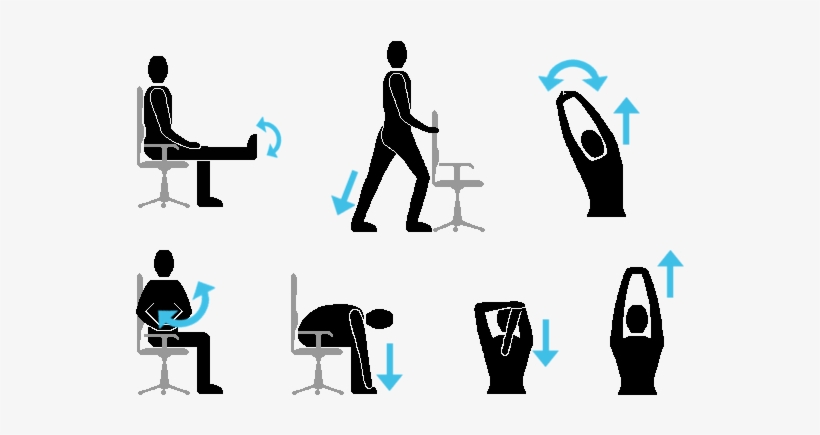Natural light has a profound effect on both home design and human well-being. In places like Longmont, Colorado, where residents experience a mix of sunny days and seasonal shifts, optimizing natural light in a home can transform living spaces. The right window placement, size, and type can enhance aesthetics, improve mood, and even contribute to energy efficiency. Whether renovating an older home or designing a new one, integrating natural light isn’t just about style—it’s about creating a healthier and more inviting environment.
The demand for well-lit spaces has driven interest in high-quality windows that allow for maximum light penetration while maintaining insulation. By focusing on natural light, Longmont residents can improve their homes while also enhancing their overall well-being.
How Natural Light Shapes Interior Design
Natural light plays a crucial role in defining the atmosphere of a home. The way sunlight filters through a space affects color perception, furniture placement, and overall ambiance. Designers strategically position windows, skylights, and glass doors to bring in as much daylight as possible. This creates a more open, airy feel, making rooms appear larger and more inviting.
Incorporating natural light also influences material choices. Reflective surfaces, light-colored walls, and glass elements enhance brightness, making spaces feel fresh and modern. The balance between light and shadow is just as important, as excessive glare can create discomfort. Smart use of window treatments helps regulate brightness without sacrificing natural illumination.
The Role of Windows in Maximizing Natural Light
Windows are the primary gateway for natural light, and their design significantly impacts the way a home feels. Large windows with minimal framing allow for an uninterrupted flow of daylight, reducing the reliance on artificial lighting. Homeowners in Longmont should turn to a local and reputable Longmont window company to ensure their windows enhance both function and style. The right window selection not only improves aesthetics but also contributes to energy efficiency by keeping homes warmer in the winter and cooler in the summer.
Choosing the right glass type, such as low-emissivity (low-E) glass, can further optimize light while minimizing heat transfer. Window placement matters just as much as size. South-facing windows provide consistent daylight, while east- and west-facing windows bring in dynamic light variations throughout the day. Thoughtful window design transforms a home by creating a seamless connection between indoor and outdoor spaces, improving both visibility and comfort.
The Psychological Benefits of Sunlight at Home
Exposure to natural light directly influences mental health and emotional well-being. Sunlight triggers serotonin production, a hormone responsible for boosting mood and reducing stress. Homes with ample daylight foster a sense of calm and relaxation, making them more enjoyable places to live. Bright spaces feel uplifting, while dim, enclosed areas can contribute to feelings of fatigue and depression.
Morning sunlight exposure has been linked to improved sleep cycles. When natural light enters the home early in the day, it helps regulate the body’s circadian rhythm, promoting better rest at night. This is particularly beneficial for those who work from home, as well-lit environments enhance focus, productivity, and overall mental clarity. Prioritizing natural light isn’t just about aesthetics—it’s a critical factor in creating a healthier living space.
Energy Efficiency and Sustainability Benefits
Homes designed to maximize natural light benefit from reduced energy consumption. Sunlight can significantly cut down the need for artificial lighting during the day, lowering electricity bills. Strategically placed windows also help with passive heating in colder months, reducing the need for excessive heating. This makes natural light an essential component of eco-friendly home design.
Sustainable architecture and design practice integrates natural light solutions to minimize environmental impact. Skylights, solar tubes, and large windows are common features in energy-efficient homes. When paired with smart home technology, such as automated blinds and light sensors, homeowners can control brightness levels to optimize comfort and efficiency. Investing in a well-lit home not only saves money but also contributes to a greener lifestyle.
Enhancing Home Aesthetics with Natural Light
Natural light brings out the best in a home’s interior, highlighting textures, colors, and architectural details in ways that artificial lighting cannot replicate. A well-lit space looks more vibrant, enhancing everything from furniture to wall finishes. Sunlight interacts with materials differently throughout the day, adding depth and character to a room.
Open floor plans particularly benefit from ample daylight. Large windows, glass partitions, and skylights can create a seamless transition between rooms, making the space feel more cohesive and expansive. Homes with high ceilings also appear even more dramatic and luxurious when bathed in natural light. The right balance between brightness and shade helps to craft a comfortable, visually appealing atmosphere.
The Connection Between Natural Light and Productivity
For those who work or study from home, access to natural light can significantly impact productivity and focus. Research has shown that well-lit environments boost cognitive function, helping individuals stay alert and engaged for longer periods. Sunlight exposure reduces eye strain and headaches that often come with prolonged screen time, creating a more comfortable work environment.
Positioning workspaces near windows allows for maximum daylight exposure, improving concentration and motivation. Adjustable blinds or curtains help regulate brightness, preventing excessive glare on screens while maintaining a well-lit atmosphere. Offices, study nooks, and creative spaces designed with natural light in mind foster a sense of well-being, making work and learning more enjoyable.
The Influence of Natural Light on Indoor Plants
Natural light doesn’t just benefit people—it also plays a crucial role in maintaining indoor greenery. Houseplants thrive when they receive the right amount of sunlight, enhancing both air quality and aesthetics. A home filled with healthy, vibrant plants feels more refreshing and inviting.
Different plants require varying light levels, so strategically placing them near windows can ensure they get the necessary exposure. South- and east-facing windows provide the best conditions for most indoor plants, while sheer curtains can help diffuse light to prevent scorching. Homes with abundant greenery not only look beautiful but also contribute to cleaner, oxygen-rich indoor air.
Natural light is more than just a design preference—it’s a fundamental element that influences mood, productivity, energy efficiency, and overall home aesthetics. A well-lit home feels more inviting, comfortable, and functional, benefiting both the occupants and the environment. From optimizing window placement to using reflective surfaces and smart design choices, there are countless ways to maximize daylight in a home.
As homeowners continue to prioritize health and sustainability, natural light will remain at the forefront of modern design. Investing in a brighter, well-lit home isn’t just about beauty—it’s about creating a space that enhances daily living and long-term well-being.





